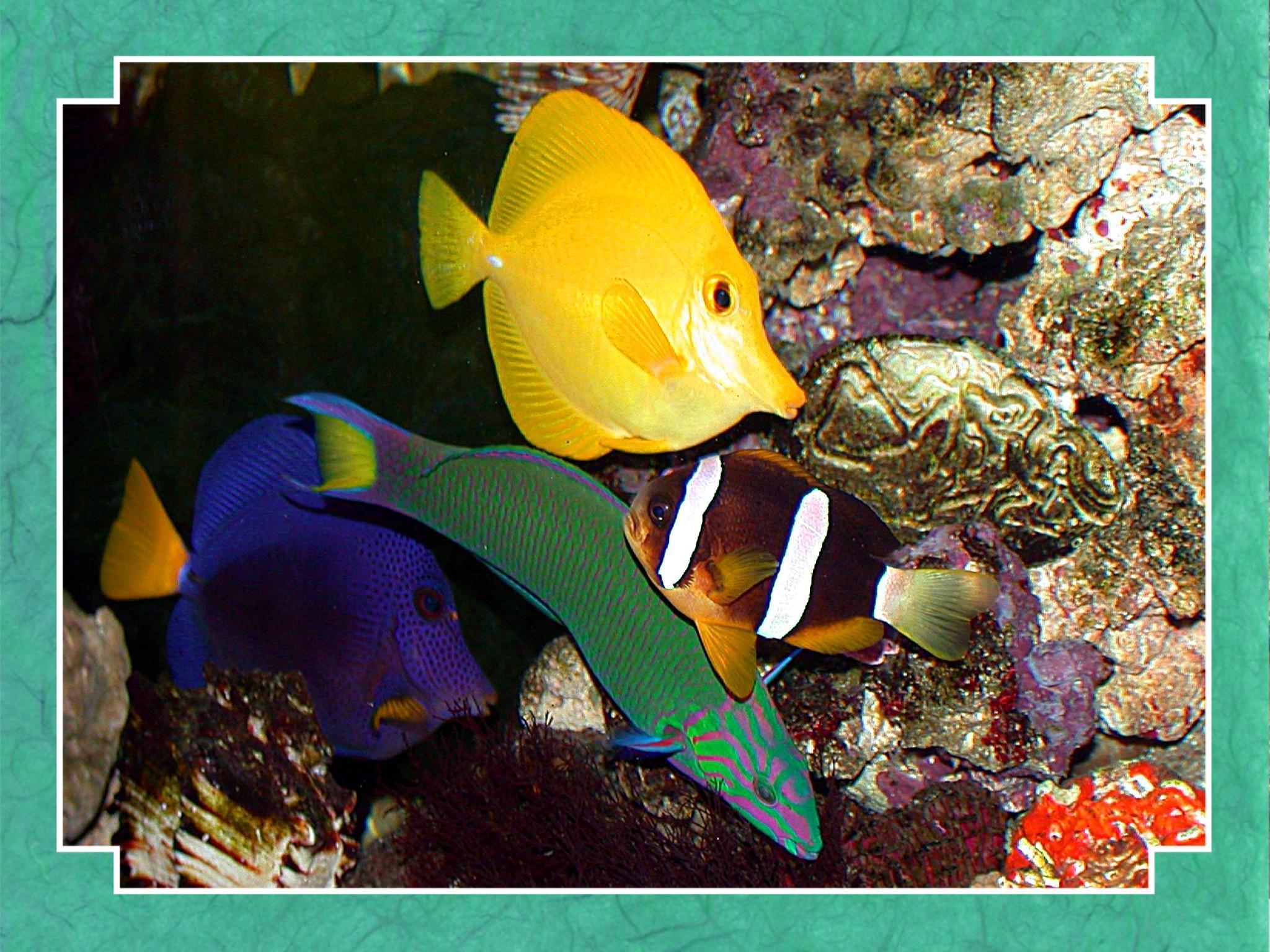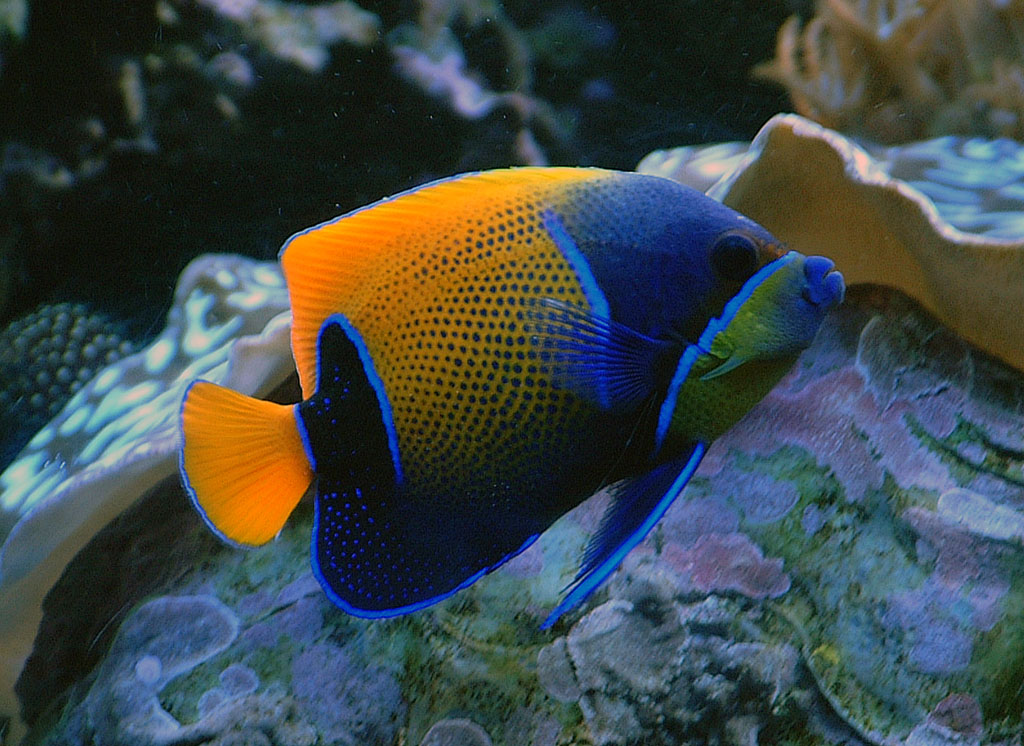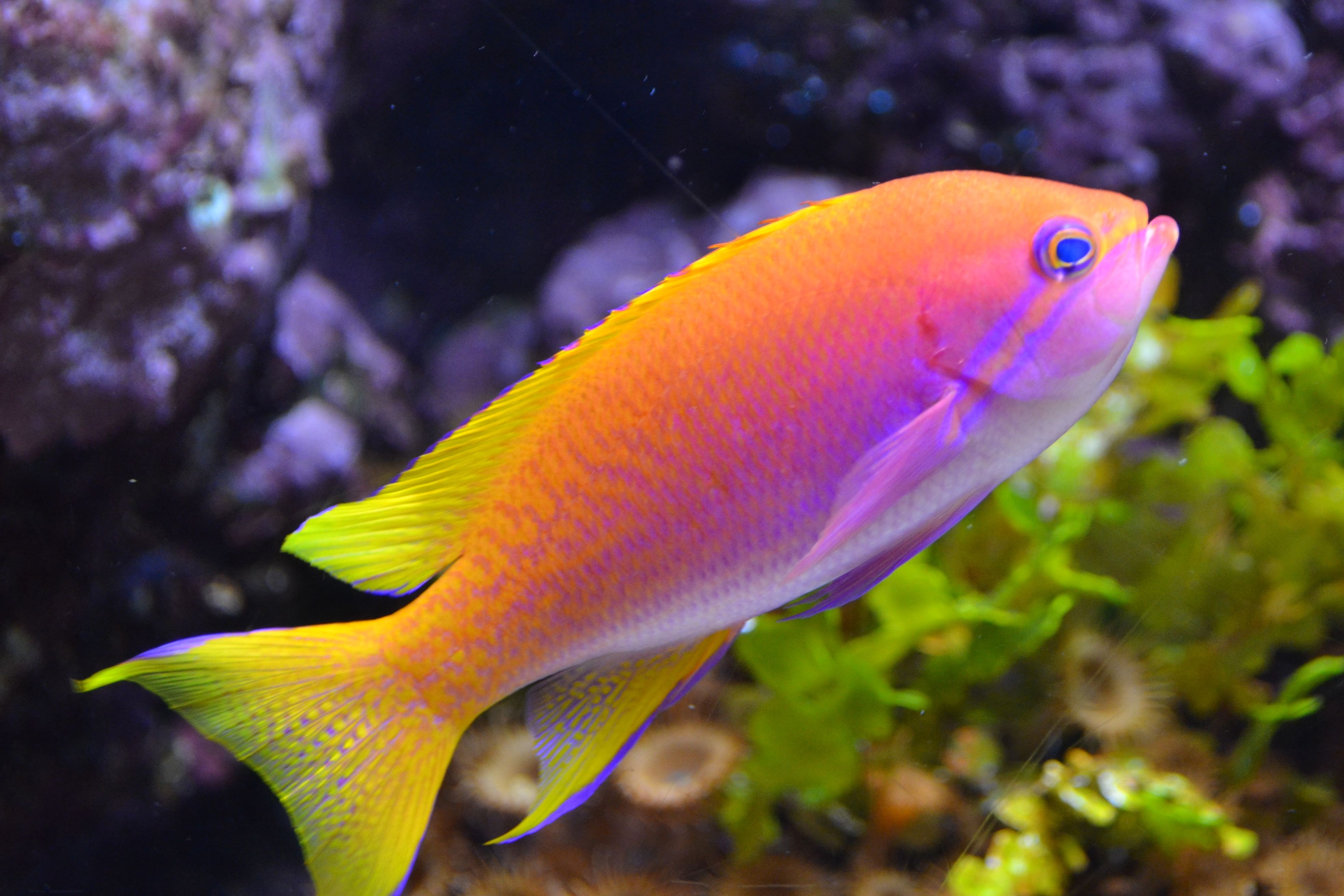All Categories
Featured
Table of Contents
- – Tropical Fish Tanks: A Colorful World Underwater
- – Choosing the Perfect Tank
- – Setting Up the Tank
- – Creating the Ideal Environment
- – Maintaining Your Tropical Fish Tank
- – Partial Water Changes:
- – Cleaning the Tank and Equipment:
- – Monitoring Fish Health:
- – Feeding the Fish:
- – Conclusion
- – What are the ideal water parameters for a tro...
- – How often should I clean the tank?
- – Creating the Ideal Environment
- – Choosing the Right Tank Size
- – Tank Decor
- – Filtration Systems
- – Tropical Fish Tank Maintenance
- – Conclusion
- – How do I create the ideal environment for tro...
- – What size tank should I choose for tropical f...
- – What type of filtration system is best for a ...
- – Creating an Underwater Paradise: Design Ideas ...
- – 1. Water Temperature and pH Levels
- – 2. Tank Size and Capacity
- – 3. Tank Decor
- – 4. Filtration Systems
- – 5. Regular Maintenance
- – Frequently Asked Questions
- – What water temperature do tropical fish tanks...
- – How do I maintain the water quality in a trop...
- – Tropical Fish Tanks: The Tranquility of Trop...
Tropical Fish Tanks: A Colorful World Underwater
Tropical fish tanks are a captivating addition to any home or office. The vibrant colors and graceful movements of tropical fish create a peaceful and visually stunning aquarium display. Whether you're a seasoned aquarium enthusiast or a complete beginner, setting up your first tropical fish tank can be an exciting and fulfilling experience. In this guide, we will walk you through the steps to create the perfect environment for your tropical fish to thrive.
Choosing the Perfect Tank
When it comes to selecting a tank for your tropical fish, there are several factors to consider. The size of the tank is a crucial aspect, as it determines how many fish you can keep and how easy it will be to maintain the tank. Larger tanks provide a more stable environment for the fish and are generally easier to care for. A good rule of thumb is to allow at least one gallon of water per inch of fish. Therefore, a 20-gallon tank would be suitable for 20 inches of fish.
In addition to size, you'll also want to consider the type of tank you prefer. There are three main types of aquariums: glass, acrylic, and plastic. Glass tanks are durable and scratch-resistant, while acrylic tanks are lighter and offer better clarity. Plastic tanks are suitable for small setups, such as desktop aquariums. Choose a tank that suits your space, budget, and personal preferences.
Setting Up the Tank
Once you have chosen a suitable tank, it's time to set it up. Start by finding a sturdy and level surface to place the tank on. Uneven surfaces can cause stress on the tank and potentially lead to cracks. Next, thoroughly clean the tank with diluted aquarium-safe cleaner or vinegar solution to remove any dust or contaminants.
After cleaning, add a layer of substrate to the bottom of the tank. Substrate options include gravel, sand, or specialized aquarium soil. Choose a substrate that complements the overall look you want to achieve. Rinse the substrate thoroughly before adding it to the tank to remove any dust or debris.
Now it's time to add water to the tank. Use a clean bucket or water conditioner to treat tap water and remove chlorine and other harmful chemicals. Fill the tank about one-third full and then add any decorations, such as rocks, driftwood, or artificial plants. These decorations not only enhance the aesthetics of the tank but also provide hiding places and a sense of security for the fish.
Creating the Ideal Environment
Temperature plays a crucial role in maintaining a healthy tropical fish tank. Most tropical fish require a water temperature of around 75-82 degrees Fahrenheit (24-28 degrees Celsius). To achieve this, a heater is necessary, especially if the room temperature fluctuates. Place the heater in the tank and use a thermometer to monitor the water temperature regularly. Adjust the heater as needed to maintain the desired temperature.
The pH level of the water is another essential factor to consider. Most tropical fish species thrive in slightly acidic to neutral water with a pH level between 6.5 and 7.5. Test the water regularly using a pH test kit and make adjustments if necessary. Chemicals, such as pH buffers, can be added to raise or lower the pH level as needed.
In addition to temperature and pH, filtration is crucial for maintaining water quality. There are several types of filtration systems available, including mechanical, chemical, and biological filters. Mechanical filters remove debris and particles from the water, while chemical filters can help remove toxins and odors. Biological filters aid in maintaining the nitrogen cycle, converting harmful ammonia into less harmful compounds.
When choosing a filtration system, consider the specific needs of your fish and the size of your tank. A combination of different filtration methods is often recommended for optimal results. Follow the manufacturer's instructions for installation and maintenance, and regularly clean or replace filter media as needed.
Maintaining Your Tropical Fish Tank
Owning a tropical fish tank requires regular maintenance to ensure the health and well-being of your fish. Here are some key tasks to incorporate into your maintenance routine:
Partial Water Changes:
Regular partial water changes help remove accumulated waste and replenish essential minerals in the tank. Aim to replace about 10-25% of the water every 1-2 weeks. Use a siphon or aquarium vacuum to remove debris from the substrate during water changes.
Cleaning the Tank and Equipment:
To keep your tank clean and algae-free, regularly clean the glass, decorations, and equipment. Use an aquarium-safe algae scraper or a non-abrasive sponge to remove algae buildup. Avoid using soap or household cleaners, as they can be toxic to the fish. Also, clean the filter and air pump regularly to maintain optimal performance.
Monitoring Fish Health:
Observing your fish regularly is crucial for detecting any signs of illness or distress. Keep an eye out for changes in behavior, appetite, or physical appearance. If you notice any problems, consult a knowledgeable fish veterinarian or a reputable aquarium store for guidance.
Feeding the Fish:
Provide a balanced diet for your fish to ensure their health and vitality. Different species have different dietary requirements, so research the specific needs of your fish. Avoid overfeeding, as it can lead to water pollution and health problems. Feed your fish small amounts of food 2-3 times a day, and remove any uneaten food after a few minutes.
Following these maintenance tasks will help keep your tropical fish tank in optimal condition and promote the longevity of your fish.
Conclusion
Tropical fish tanks offer a captivating and tranquil display of the underwater world. Whether you're a beginner or an experienced hobbyist, setting up and maintaining a tropical fish tank can be a rewarding experience. By considering the size and type of tank, creating the ideal environment, and implementing a regular maintenance routine, you can provide a safe and beautiful home for your tropical fish.
Remember, it's essential to research and understand the specific needs of the fish species you plan to keep. Each species has unique requirements regarding water temperature, pH level, and compatible tank mates. By meeting these requirements, you can ensure the health and happiness of your tropical fish.
What are the ideal water parameters for a tropical fish tank?
How often should I clean the tank?

Tropical fish tanks are a popular choice for aquarium enthusiasts due to their vibrant and diverse range of species. These tanks recreate the natural habitat of tropical fish and provide a visually stunning addition to any space. In this article, we will discuss the art of selecting tropical fish for your stunning aquarium nearby.
Creating the Ideal Environment
One of the key aspects of maintaining a tropical fish tank is creating the ideal environment for the fish to thrive. This involves careful consideration of factors such as water temperature, pH levels, and filtration systems.
Most tropical fish require a water temperature of around 75-82 degrees Fahrenheit, and a pH level between 6.5 and 7.5. Regular water testing and adjustments are necessary to ensure the optimal conditions for the fish.
Choosing the Right Tank Size
Tropical fish tanks can be set up in various sizes, depending on the owner's preferences and available space. Larger tanks are generally easier to maintain as they provide a more stable environment for the fish.
It is important to consider the number of fish and their size when determining the tank capacity. Overcrowding can cause stress and lead to various health issues among the fish.
Tank Decor
In terms of tank decor, natural elements such as rocks, plants, and driftwood are commonly used to mimic the fish's natural habitat. These not only provide hiding places and a sense of security for the fish but also enhance the overall aesthetics of the tank.
Live plants can also act as natural filters, aiding in maintaining water quality. It is important to choose plants that are suitable for the specific needs of the fish species you plan to keep.
Filtration Systems
Proper filtration is crucial for the health of the fish and the overall cleanliness of the tank. There are various types of filtration systems available, including mechanical, chemical, and biological filters.
Mechanical filters remove particles and debris from the water, while chemical filters remove toxins and odors. Biological filters aid in maintaining the nitrogen cycle, converting harmful ammonia into less harmful compounds.
Tropical Fish Tank Maintenance
Regular maintenance is essential to keep the tropical fish tank in optimal condition. This includes partial water changes, cleaning the tank and equipment, and monitoring the fish for any signs of illness or distress.
Fish should be fed a balanced diet, and overfeeding should be avoided to prevent water pollution. It is also important to regularly test the water parameters and make necessary adjustments.
Conclusion
Tropical fish tanks offer a captivating and tranquil display of the underwater world. With proper care and attention, they can provide a rewarding hobby for aquarium enthusiasts. It is vital to research and understand the specific needs of the fish species being kept to ensure their well-being and longevity in the tank.
How do I create the ideal environment for tropical fish?
What size tank should I choose for tropical fish?
What type of filtration system is best for a tropical fish tank?

Creating an Underwater Paradise: Design Ideas for Tropical Fish Tanks
Tropical fish tanks are a popular choice for aquarium enthusiasts due to their vibrant and diverse range of species. These tanks recreate the natural habitat of tropical fish and provide a visually stunning addition to any space. In this article, we will explore design ideas for creating an underwater paradise in tropical fish tanks.
1. Water Temperature and pH Levels
One of the key aspects of maintaining a tropical fish tank is creating the ideal environment for the fish to thrive. This involves careful consideration of factors such as water temperature and pH levels. Most tropical fish require a water temperature of around 75-82 degrees Fahrenheit and a pH level between 6.5 and 7.5. Regular water testing and adjustments are necessary to ensure the optimal conditions for the fish.
2. Tank Size and Capacity
Tropical fish tanks can be set up in various sizes, depending on the owner's preferences and available space. Larger tanks are generally easier to maintain as they provide a more stable environment for the fish. It is important to consider the number of fish and their size when determining the tank capacity. Overcrowding can cause stress and lead to various health issues among the fish.
3. Tank Decor
In terms of tank decor, natural elements such as rocks, plants, and driftwood are commonly used to mimic the fish's natural habitat. These not only provide hiding places and a sense of security for the fish but also enhance the overall aesthetics of the tank. Live plants can also act as natural filters, aiding in maintaining water quality.
4. Filtration Systems
Proper filtration is crucial for the health of the fish and the overall cleanliness of the tank. There are various types of filtration systems available, including mechanical, chemical, and biological filters. Mechanical filters remove particles and debris from the water, while chemical filters remove toxins and odors. Biological filters aid in maintaining the nitrogen cycle, converting harmful ammonia into less harmful compounds.
5. Regular Maintenance
Regular maintenance is essential to keep the tropical fish tank in optimal condition. This includes partial water changes, cleaning the tank and equipment, and monitoring the fish for any signs of illness or distress. Fish should be fed a balanced diet, and overfeeding should be avoided to prevent water pollution.
Tropical fish tanks offer a captivating and tranquil display of the underwater world. With proper care and attention, they can provide a rewarding hobby for aquarium enthusiasts. It is vital to research and understand the specific needs of the fish species being kept to ensure their well-being and longevity in the tank.
Frequently Asked Questions
What water temperature do tropical fish tanks require?
How do I maintain the water quality in a tropical fish tank?
Fish Tank Aeration: Creating a Captivating Aquatic Display: Design Ideas for Tropical Fish Tanks

Fish Tank Aeration Creating a Captivating Aquatic Display: Design Ideas for Tropical Fish Tanks
More about Tropical Fish Tanks: Recently Archived
Tropical Fish Tanks: The Tranquility of Tropical Fish Tanks: An Oasis of Peace in Your Home
Creating a Captivating Aquatic Display: Design Ideas for Tropical Fish Tanks
© 2023 - Tropical Fish Tanks All Rights Reserved.
Table of Contents
- – Tropical Fish Tanks: A Colorful World Underwater
- – Choosing the Perfect Tank
- – Setting Up the Tank
- – Creating the Ideal Environment
- – Maintaining Your Tropical Fish Tank
- – Partial Water Changes:
- – Cleaning the Tank and Equipment:
- – Monitoring Fish Health:
- – Feeding the Fish:
- – Conclusion
- – What are the ideal water parameters for a tro...
- – How often should I clean the tank?
- – Creating the Ideal Environment
- – Choosing the Right Tank Size
- – Tank Decor
- – Filtration Systems
- – Tropical Fish Tank Maintenance
- – Conclusion
- – How do I create the ideal environment for tro...
- – What size tank should I choose for tropical f...
- – What type of filtration system is best for a ...
- – Creating an Underwater Paradise: Design Ideas ...
- – 1. Water Temperature and pH Levels
- – 2. Tank Size and Capacity
- – 3. Tank Decor
- – 4. Filtration Systems
- – 5. Regular Maintenance
- – Frequently Asked Questions
- – What water temperature do tropical fish tanks...
- – How do I maintain the water quality in a trop...
- – Tropical Fish Tanks: The Tranquility of Trop...
Latest Posts
The Forefront of Kubik's Mission
Maintaining HVAC Systems: Best Practices
Yorkshire Terrier Specific Health Concerns
More
Latest Posts
The Forefront of Kubik's Mission
Maintaining HVAC Systems: Best Practices
Yorkshire Terrier Specific Health Concerns